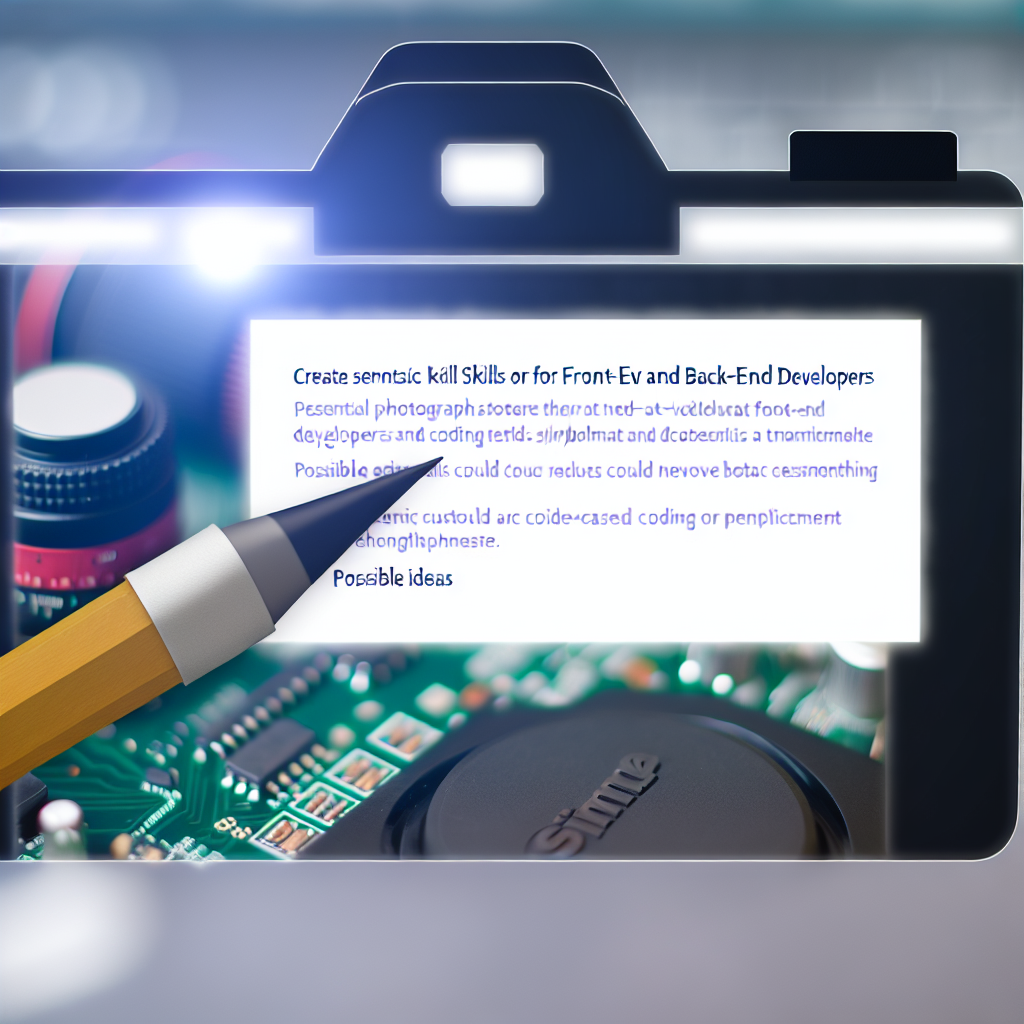Developing a successful web application requires careful planning for both front-end and back-end developers. Each role plays a crucial part in creating a seamless user experience while ensuring robust functionality. This article provides a strategic plan for those aspiring to excel as a frontend or backend developer, emphasizing essential skills and collaborative workflow.
Understanding the Roles and Skills for Front-End and Back-End Developers
Before crafting a development plan, it’s vital to grasp the distinct responsibilities of front-end and back-end developers. The front-end focuses on the visual interface, user interaction, and client-side performance, requiring expertise in technologies like HTML, CSS, JavaScript, and modern frameworks such as React or Angular. Conversely, the back-end manages server-side logic, databases, and application architecture, often utilizing languages like Python, Node.js, Ruby, PHP, and frameworks like Django or Express.
To formulate an effective plan, developers should evaluate their current skill levels, identify gaps, and set clear learning objectives. For example, a front-end developer might aim to master responsive design and advanced JavaScript concepts, while a back-end developer could focus on database optimization and API development. Combining both skill sets enables seamless integration and a better understanding of the entire development stack.
Creating a Strategic Development and Collaboration Plan
A comprehensive plan should encompass not only technical skills but also the collaboration process between front-end and back-end teams. Key steps include:
- Skill Development Roadmap: Outline specific technologies and tools to learn, with milestones and timelines.
- Project Architecture Design: Define the overall architecture, API specifications, data flow, and communication protocols early in the process to foster alignment.
- Version Control and Code Collaboration: Use platforms like GitHub to ensure code quality, track changes, and facilitate teamwork. Establish code review practices to maintain standards.
- Regular Communication: Schedule daily stand-ups, sprint planning, and review meetings to enhance transparency and troubleshoot issues promptly.
- Testing and Deployment Strategies: Develop integrated testing procedures for front-end and back-end components, ensuring smooth deployment cycles.
By aligning learning goals with project requirements and fostering a collaborative environment, developers can build resilient, maintainable, and user-friendly applications. A proactive plan also prepares developers to adapt to emerging technologies and industry best practices, ultimately leading to more successful projects.
In summary, a well-structured plan for front-end and back-end developers involves understanding their distinct roles, developing targeted skills, and establishing strong collaborative workflows. Emphasizing continuous learning and teamwork ensures the creation of efficient and innovative web solutions. Whether starting out or refining skills, strategic planning is key to growing as a #frontend or #backend developer.
